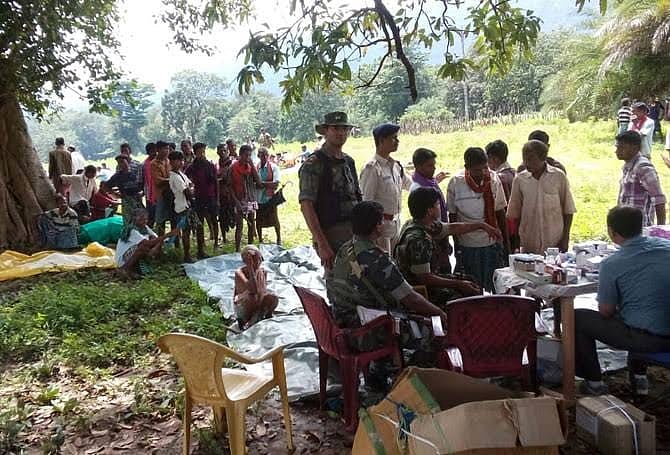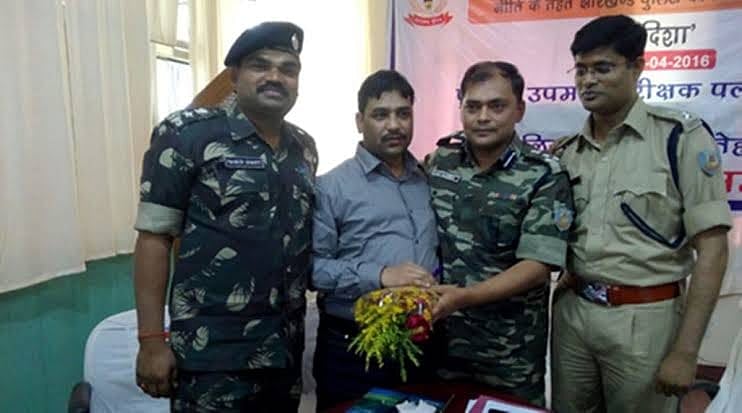Jharkhand CM Hemant Soren offers financial help to 14 Naxal ‘commanders’ who surrendered
Jharkhand government sources claim that unless Naxalite activities are curbed, the mineral rich state with 40% of the country’s mineral deposits will continue to be starved of investment

With as many as 24 districts of the small state affected by ‘Naxalite violence’, say state government sources, there was no option but to try and lure the Naxal ‘commanders’ with offers of rehabilitation and help by way of cash.
The state government faces the daunting task of reviving industry and create employment for the army of migrant workers who have returned to the state in the wake of the lockdown. Investors are wary of investing because of the law and order situation and hence there was no harm in trying and rehabilitating naxals who chose to surrender. In any case this is not a new policy and several other states have done it before.
Although Jharkhand possesses nearly 40 percent of the country’s major and minor mineral resources, including coal, iron ore and uranium, it is among the poorest states with people living in acute poverty. Migration of workers and talent to other states and abroad is consequently high.
Officials also justify the rehabilitation package by pointing out that unlike other states, the money offered in Jharkhand to the surrendered naxals is paltry in comparison. The most dreaded Naxal commander Kundan Pahan, accused of killing among others a former minister, Ramesh Singh Munda, and two other commanders including his brother DimbaPahan have been offered Rupees four lakhs. They operated in Khunti and Bundu areas adjacent to the state capital.
Nine other commanders who have surrenderedare to get Rupees two lakh each and the remaining three have been offered one lakh Rupees each. Out of these 14 dreaded commanders, as many as 11 belong to Kundan Pahan’s faction of CPIML-Maoist.
When Jharkhand was carved out of Bihar in 2000, the number of districts affected by Naxalites was confined to 14. Since then it has spread to 24 districts.
Besides killing civilians and attacking the police, Naxal outfits also targeted government properties, damaged school buildings and extorted money from public and private sector companies operating in the State.
By neutralizing the Naxal commanders, the state government hopes to clip the wings of the outfits and curb Naxalite activities. This would hopefully pave the way to more investment, officials hoped.
Follow us on: Facebook, Twitter, Google News, Instagram
Join our official telegram channel (@nationalherald) and stay updated with the latest headlines



